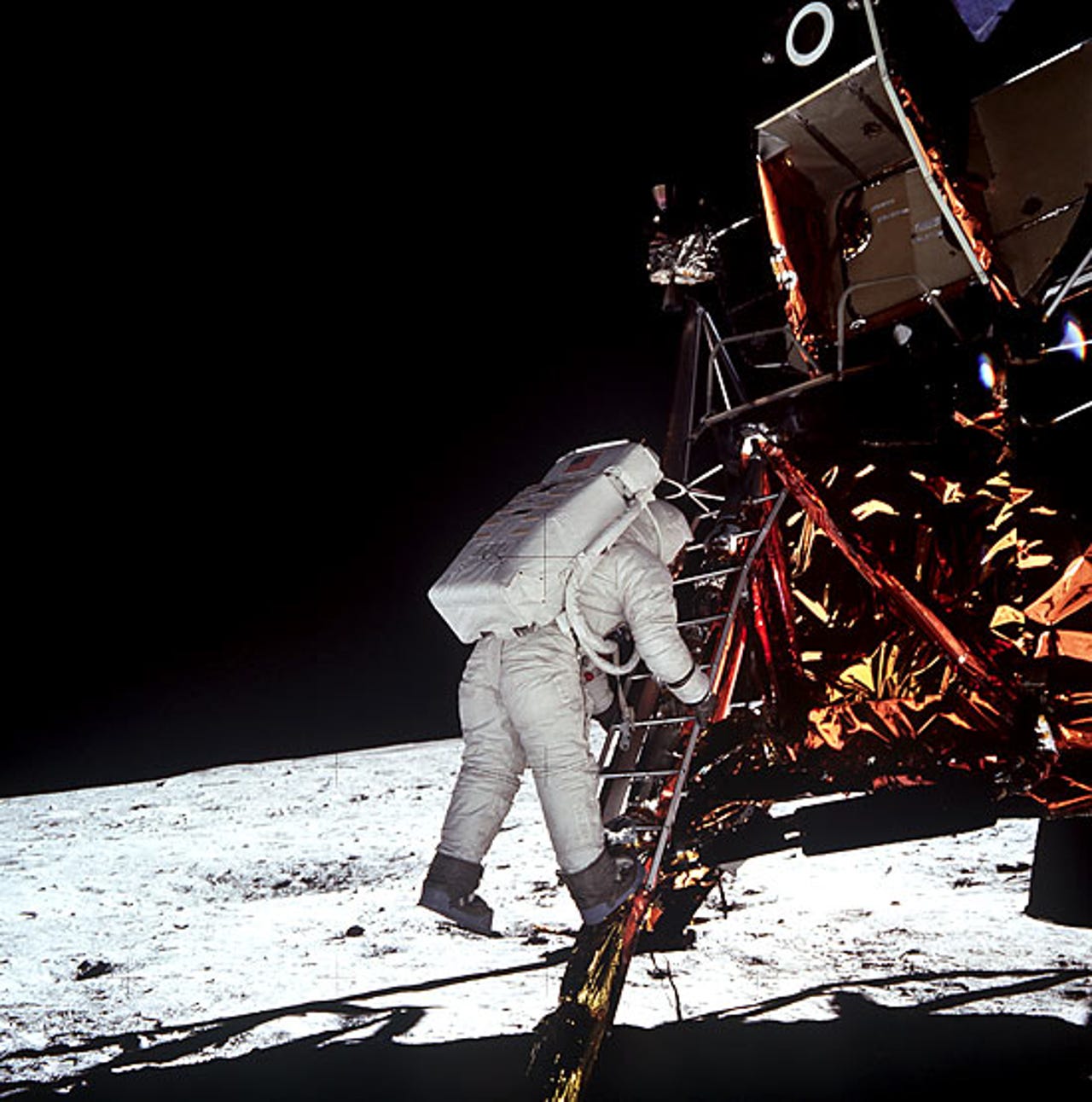Photos: How the (missing) Apollo tapes were made


Apollo 11 on the moon
In a posting to its Web site on Tuesday, NASA tells how the tapes were made, speculates as to where they might yet turn up, and serves notice that it expects the mystery to be solved: "Despite the challenges of the search, NASA does not consider the tapes to be lost."
Tape storage system
Power limitations on the Apollo 11 spacecraft meant that the video had to be sent from the moon in a special slow-scan format that recorded just 10 frames per second. For broadcast over commercial television, the original signal had to be converted to 60 frames per second. The conversion to the U.S. broadcast signal took place simultaneously with the original data being recorded onto the magnetic tapes--and with a concurrent loss of image quality for TV viewers.
Tracking the data
A device like this one tracked the raw data from the magnetic tape before the data was split out into various video, telemetry, biomedical and voice streams. NASA's Goddard Space Flight Center is working to preserve the older equipment so that it can be used to help make digital reproductions of the moonwalk tapes--if and when they're found.
Archive box
More than 2,000 boxes of videotapes were sent from Goddard to a National Archives facility in late 1969, and the Apollo 11 tapes may have been in that lot. Many, but not all, of the boxes were returned to Goddard in the next decade. The space agency says it began an "informal search" for the tapes about 18 months ago. Officials must be hoping the boxes that contain them--each box holds five tapes--were properly and legibly labeled.